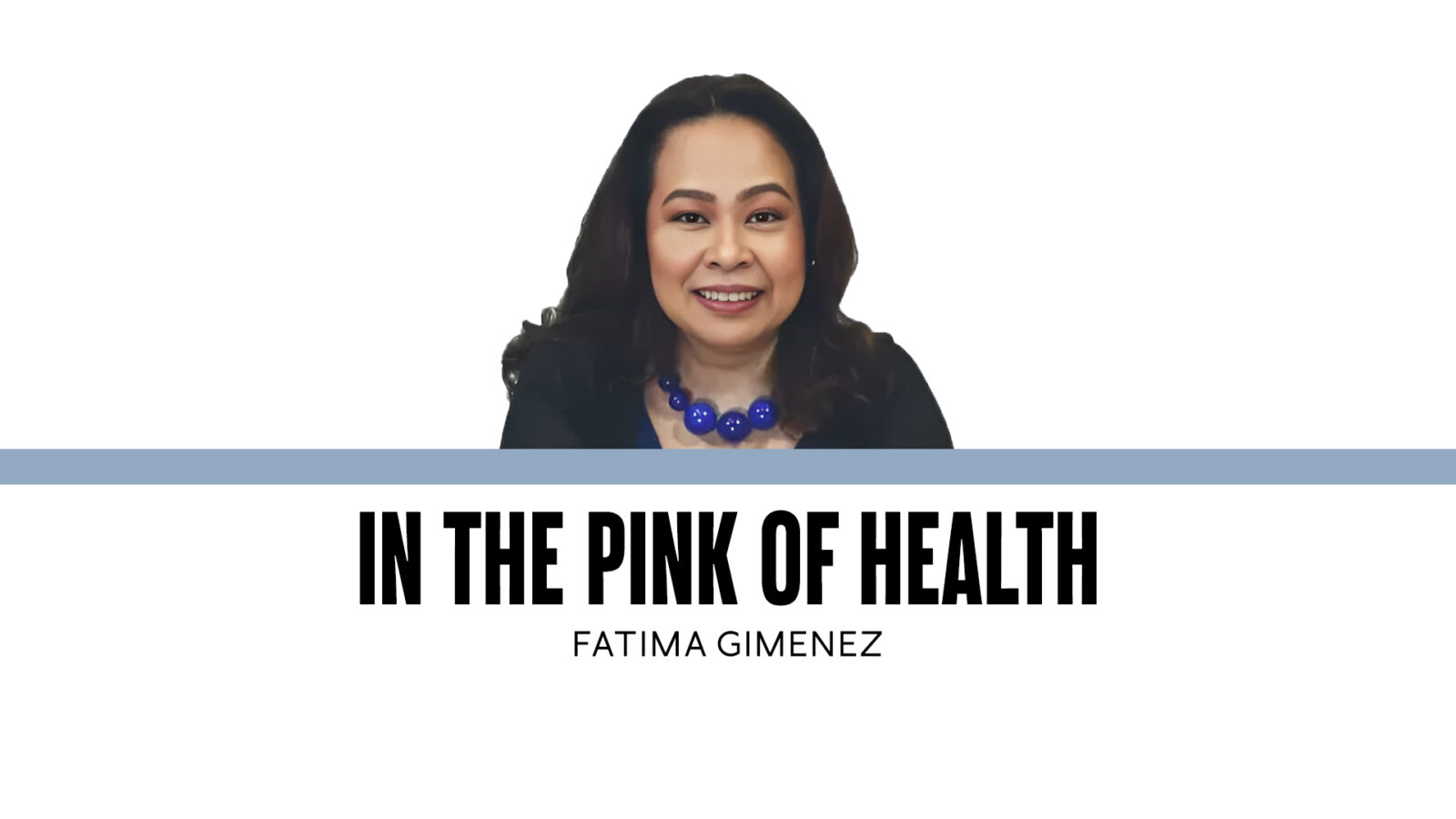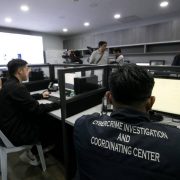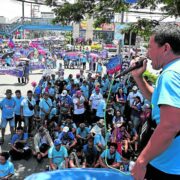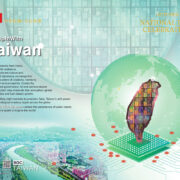Noma worries

In 2023, the World Health Organization included noma on the list of neglected tropical diseases. While it may be more prevalent in sub-Saharan Africa, it can exist in places where poverty prevails. While occurrence in more developed countries is rare, it has also been associated with immunosuppressed conditions, such as those suffering from HIV/AIDS or are solid organ transplant recipients.
The other names for this condition are fusospirochetal gangrene and cancrum oris. The latter, in the 18th century, described orofacial noma as afflicting children who were malnourished, seriously ill, had bad hygiene, and noted that it was fatal.
Are there reported cases in the Philippines? Upon literature search, one local study cited 42 cases. Unfortunately, I couldn’t get the full paper and was unable to go into the details. The sad fact remains that it is present in our setting. What is worrisome is the possibility that there might be more since it is a given that times are getting extremely difficult. One wonders how the situation is in areas where there is a lack of clean water, adequate food supply, basic health services, and overall sanitation is questionable. With a clinical practice in an urban area, with amenities and health care within reach, and while there is no shortage of exposure to unfortunate situations, which for the most part arise from a lack of finances, noma remains a condition that is unthinkable. On occasion, while there have been cases of necrotizing fasciitis, which can be a differential diagnosis as it can present similarly, I have never seen involvement of the mouth and the face.
In general, poor health and chronic malnutrition place individuals at higher risk, with preschool-age children being the most affected. It has also been associated with conditions where individuals are in immunosuppressed states, such as those HIV/AIDS, autoimmune disorders, on immunosuppressive therapy, with Type 2 diabetes or who have had a recent or concurrent measles, malaria, or tuberculous infection. While it may occur in phases—from onset to a gangrenous period and resolving with notable scarring—its rapid progression makes it distinct. It usually starts with a mouth ulceration, followed by subsequent destruction of the bones and muscles of the face, which results in severe disfigurement. Complications cause significant morbidity and even death. Mortality can be as high as 80 percent in the absence of prompt treatment, and can be reduced to less than 10 percent with early intervention.
What do we know about noma? It is polymicrobial in nature but as to why it happens remains unclear. Anaerobic bacteria, which are part of the mouth flora, have been found to be more abundant among those who are poorly nourished and with poor oral hygiene. Diagnosis is made based on clinical manifestations and documented risk factors. My mother always tells me that a person’s teeth mirror his state of health.
Management involves the institution of antibiotics, proper wound care, correction of fluids and electrolytes, and nutritional build-up. Depending on the extent of destruction, surgical debridement may be needed to prevent the occurrence of secondary infections and promote healing. Surgical repair may even be warranted not only for cosmetic purposes but to assist in improving or restoring oral function. Imagine a person`s face where most of the flesh and the muscles have been torn away, leaving the skeletal structure of the nose and orbital regions exposed, with the bones of the jaw fused from scarring, preventing drinking, swallowing, eating, and affecting speech. The devastation goes beyond the loss of body image and the associated stigma will forever run deep. Psychosocial support is mandatory.
Poverty and its ill and far-reaching consequences, coupled with ideal breeding grounds, keep our country in the running for neglected tropical diseases. While there is considerable awareness for dengue, rabies, leprosy, and soil-transmitted helminths, noma deserves the same attention and needs funding. Even if we are unaware of the numbers, our current health situation leaves us wide open and at risk. Run through the facts of how many of our children are undernourished and stunted.
Prevention includes proper nutrition, timely immunization for vaccine-preventable diseases, such as measles, which is known to profoundly depress immune function, provision of clean water, maintaining a good home, and environmental sanitation. These are universal and the building blocks to achieve optimum health.
While solutions involve a multisectoral approach, it is a fact that politics will always play a large role. With the elections over, it is time to act on those campaign promises and make health a priority. Having sat through numerous stakeholder meetings, which start with good intentions, I cannot help but feel disappointed and frustrated when we end up going around in circles. The saving grace? Meeting and being in the company of good, kind-hearted individuals who may feel the same way but are as determined to help in their individual capacities.
Is it funding, leadership, and selfless commitment that we lack? Or an interplay of all three or more factors that keep this nation unhealthy?
I hear you.


















